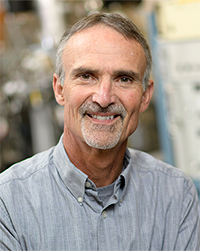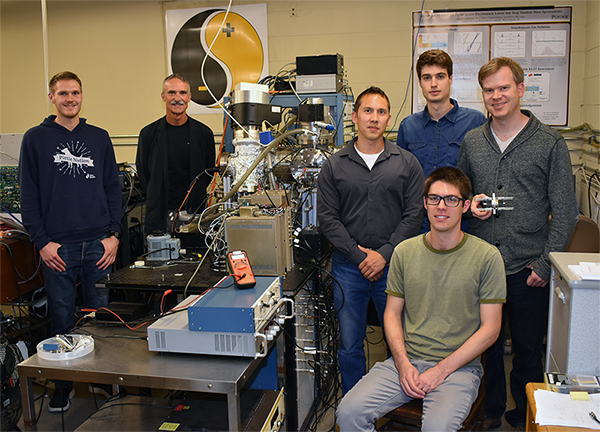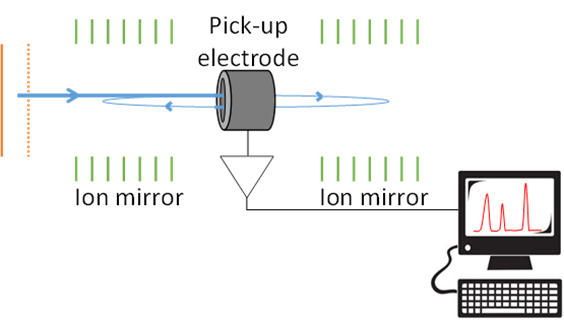Professor McLuckey and team awarded with unique NSF Special Creativity Extension
2019-10-23
Writer(s): Purdue Chemistry

A team of scientists in Purdue’s Chemistry department, led by PI Scott McLuckey, has been recognized with a Special Creativity Extension by the National Science Foundation.
The project entitled “High Performance Electrostatic Linear Ion Trap Mass Spectrometry and Tandem Mass Spectrometry” has been awarded two additional years of funding, as well as additional equipment funds.
The NSF policy documents state: "A Program Officer may recommend the extension of funding for certain research grants beyond the initial period for which the grant was awarded for a period of up to two years."
The objective of such extensions is to offer the most creative investigators an extended opportunity to attack adventurous, "high-risk" opportunities in the same general research area, but not necessarily covered by the original/current award.
This type of award is rarely granted. Of funded NSF proposals, less than 0.2% have historically been granted a Special Creativity extension (e.g., in FY 2017, 16 special creativity awards were granted.
The total number of NSF grants in FY 2017 was 11,117 and the total number of grants acted upon was 49,415 – Report on the National Science Foundation’s Merit Review Process FY 2017, NSB-2019-15, May 2019.)

Team members and the prototype instrument (L-R Josh Johnson, Scott McLuckey, Greg Eakins, Ian Carrick, Kenny Lee (seated), Ryan Hilger.)
The project, which has been a collaborative effort between the McLuckey Group and the Amy Facility, is devoted to the development of a dual ion mirror as a high performance tandem mass spectrometer.
The work was initiated with support from Sciex and collaboration continues via Eric Dziekonski, a former student in the group and now a scientist with Sciex.
In analogy with optical resonators used in light optics, two ion mirrors can be juxtaposed to reflect ions back and forth multiple times.

The frequencies with which ions bounce between the mirrors is inversely related to mass.
By detecting the ions via the currents they produce in a pick-up electrode as they oscillate between the mirrors, it is possible to measure the ion frequencies, which can be converted to mass.
The team has also demonstrated that ions can be isolated with high selectivity by timing voltages on the ion mirrors to release selectively unwanted ions.
The resolution with which this can be done greatly exceeds approaches typically used in conventional tandem mass spectrometers.
They have also demonstrated ion activation and dissociation within the device and this effort will lead to a uniquely powerful tool for measurements across the entire range of the molecular sciences.